Comparing Fractions Same Denominator Worksheet
Are you a teacher or parent searching for a helpful resource to support your students' understanding of comparing fractions with the same denominator? Look no further! This worksheet provides an engaging opportunity for elementary or middle school students to practice comparing fractions that have a common denominator.
Table of Images 👆
More Other Worksheets
Kindergarten Worksheet My RoomSpanish Verb Worksheets
Cooking Vocabulary Worksheet
DNA Code Worksheet
Meiosis Worksheet Answer Key
Art Handouts and Worksheets
7 Elements of Art Worksheets
All Amendment Worksheet
Symmetry Art Worksheets
Daily Meal Planning Worksheet
What is a fraction?
A fraction is a numerical representation that expresses a part of a whole, typically written as one number (numerator) over another number (denominator) separated by a horizontal line. Fractions are used to show proportions, ratios, or parts of a whole number, with the denominator indicating the total number of equal parts into which the whole is divided and the numerator representing how many of those parts are being considered.
How do you compare fractions with the same denominator?
When comparing fractions with the same denominator, you simply compare the numerators. The fraction with the greater numerator is considered larger or greater. For example, when comparing 2/5 and 4/5, since both fractions have the same denominator of 5, you can see that 4/5 is greater than 2/5 because 4 is greater than 2.
What does it mean when a fraction has a larger numerator?
When a fraction has a larger numerator, it means that the value of the fraction is closer to 1. This is because the numerator represents the quantity being considered, and a larger numerator indicates that there are more parts of the whole that are being represented by the fraction.
What does it mean when a fraction has a smaller numerator?
When a fraction has a smaller numerator, it means that the value of the fraction is less than one. The numerator represents the number of parts being considered, while the denominator represents the total number of equal parts. Therefore, a smaller numerator indicates that you are looking at a portion of the whole that is less than a whole unit or one.
How can you compare fractions visually?
To compare fractions visually, you can draw a visual model such as a fraction strip or a fraction circle for each fraction you want to compare. By representing the fractions visually, you can easily see which fraction is larger or smaller based on the size of each fractional part on the model. You can then compare the lengths or areas of the different parts to determine which fraction is greater or lesser.
Can fractions with the same denominator be equal?
No, fractions with the same denominator cannot be equal unless they have the same numerator as well. Fractions are equal when their numerators are equal, not just their denominators. Having the same denominator only means that the fractions are being compared in terms of equal parts of the whole.
Can fractions with the same denominator have different numerators?
Yes, fractions with the same denominator can have different numerators. In fact, that is the basis of comparing fractions with the same denominator - the numerator is what determines which fraction is larger or smaller. The denominator only indicates the number of equal parts the whole is divided into.
How can you simplify fractions with the same denominator?
To simplify fractions with the same denominator, you only need to focus on the numerator. Divide the numerator by the greatest common factor (GCF) of the numerator and denominator to simplify the fraction. By doing this, you can reduce the fraction to its simplest form without changing the denominator.
What strategies can you use to order fractions with the same denominator?
To order fractions with the same denominator, simply compare the numerators of the fractions. The fraction with the largest numerator is the greatest, and the fraction with the smallest numerator is the least. If the numerators are the same, you can compare the fractions based on their position from left to right.
Can fractions with the same denominator be written in different forms?
Yes, fractions with the same denominator can be written in different forms. This is because fractions are equivalent if they represent the same value, even if they are written with different numerators or in simplified forms. For example, 3/5 and 6/10 both have the same denominator of 5, but they are different forms of the same fraction since 3/5 is equivalent to 6/10.
Have something to share?
Who is Worksheeto?
At Worksheeto, we are committed to delivering an extensive and varied portfolio of superior quality worksheets, designed to address the educational demands of students, educators, and parents.

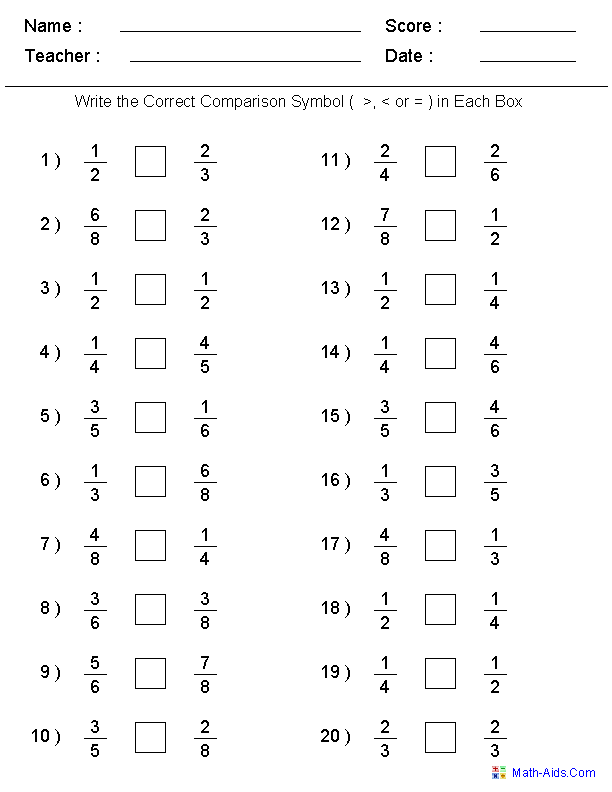




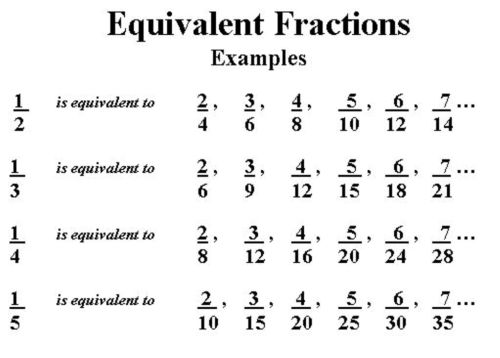
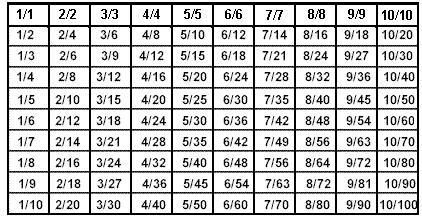
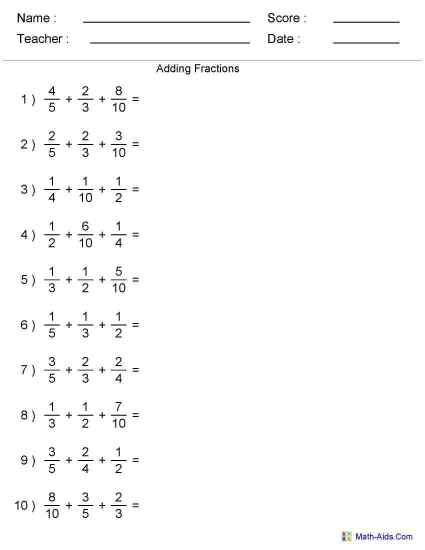
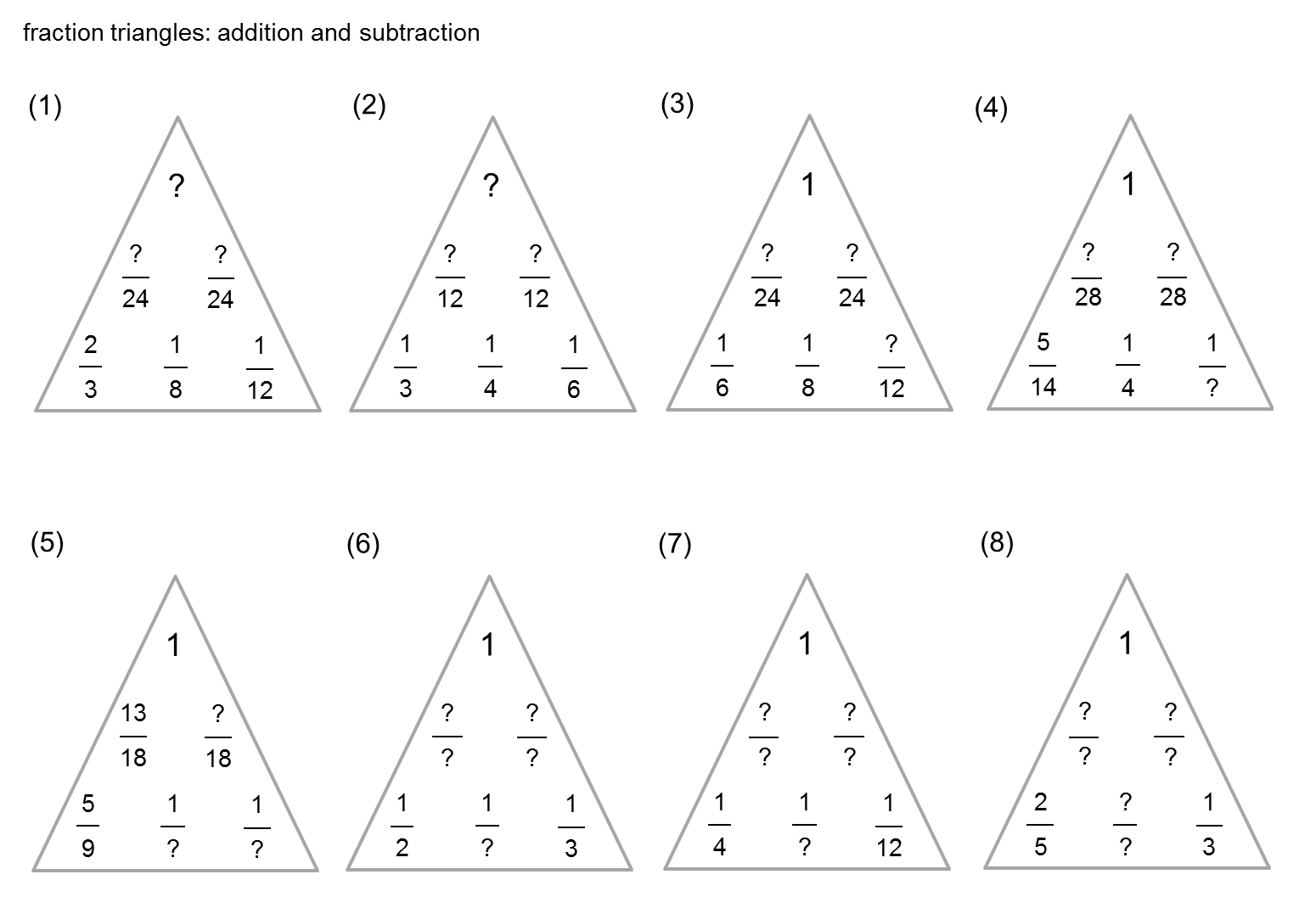














Comments